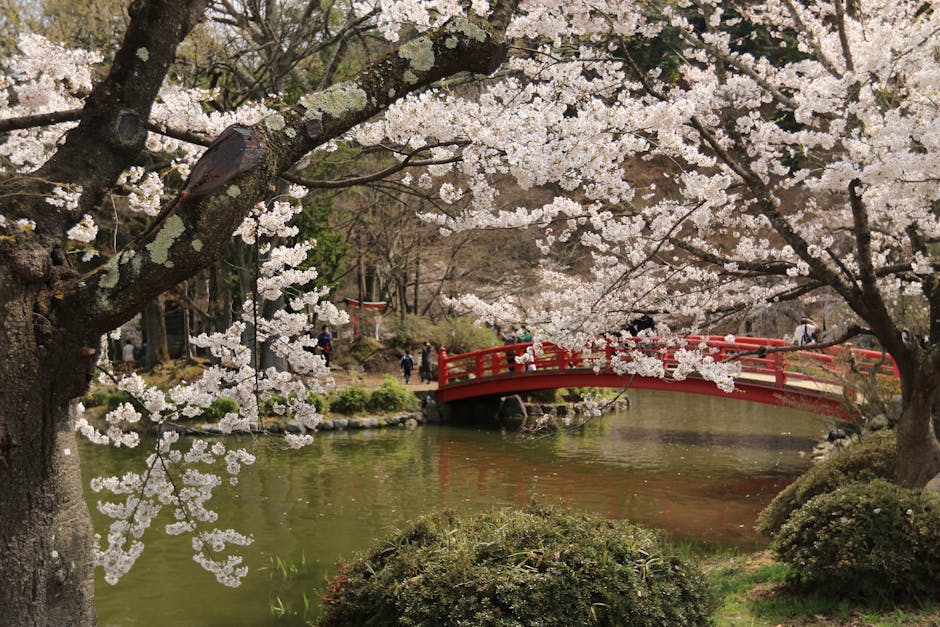
Welcome, fellow enthusiasts and curious minds, to another deep dive into the vibrant world of Japanese manga! As your dedicated manga sommelier, I'm thrilled to uncork a digest of fascinating news from Japan that truly showcases the depth, versatility, and cultural impact of this incredible art form. Far from being mere entertainment, manga continues to prove its power to educate, preserve, and challenge perceptions, offering unique lenses through which to view history, art, and even economics. Let's explore!
Beyond the Panels: Unearthing History with "Anpan" and a 1935 Yen
Our first fascinating tidbit transports us to a unique intersection of history, finance, and compelling narrative. We're hearing buzz around the latest, the 13th review, of a series titled "あんぱん" (Anpan), where a character named 嵩 (Taka) clinches some well-deserved 漫画賞賞金 (manga prize money). But the story doesn't stop there! This victory sparks a captivating exploration into the real-world value of 「10円」 (10 yen) in the historical context of 昭和10年 (Showa 10, or 1935).
As a manga sommelier, what truly excites me about "あんぱん" is its ingenious blend of engaging character development and rigorous historical research. Imagine a manga that not only tells a compelling tale but also serves as a portal to understanding socio-economic conditions of a bygone era! The mangaka's ability to weave the seemingly mundane detail of an anpan (a beloved Japanese sweet bun) into a significant financial and historical lesson is nothing short of masterful. This isn't just a story; it's an immersive experience that brings the past to life, demonstrating how art can illuminate complex subjects like currency value and historical living costs with a relatable, human touch. It's a testament to manga's power to make history palpable and economics digestible.
Noh & Kyogen Reimagined: Sakuno Yasuko's "Mizukake Muko"
Next, we turn our gaze to a remarkable collaboration that bridges ancient Japanese performing arts with contemporary manga. The 11th installment of 朔野安子 (Sakuno Yasuko)'s brilliant マンガでよむ能・狂言のストーリー (manga to read Noh/Kyogen stories) series is making waves, focusing on the classic play 「水掛聟」 (Mizukake Muko), or "The Water-Splashing Groom." This particular installment delves into the heart-wrenching dilemma of "夫か?父か?究極の選択" (Husband or father? The ultimate choice), presented as a special コラボ連載 (collaboration series) between 美術展ナビ (Bijutsuten Navi) and the esteemed 国立能楽堂 (National Noh Theatre).
朔野安子's work is a revelation for anyone looking to unlock the profound beauty and dramatic intensity of Noh and Kyogen. She possesses an extraordinary talent for translating the nuanced expressions and poetic narratives of these traditional stage arts into a visually arresting manga format. Her drawing style, often elegant and emotive, captures the essence of the characters' internal struggles and the grandeur of the original plays. "Mizukake Muko" is a prime example, where the 'ultimate choice' is rendered with such sensitivity that readers, whether familiar with Noh or not, are drawn into the dramatic tension. This series isn't just an adaptation; it's a vital cultural bridge, making centuries-old stories accessible and resonant for a global audience, proving that the universal themes of love, duty, and sacrifice transcend time and medium.
Manga's Legitimacy: Debunking the "Inferior Reading" Myth
Finally, we address a perennial and often frustrating question that continues to surface: "「漫画」を読むのは「劣った読書」?" (Is reading manga "inferior reading"?) This topic is being thoroughly explored by a prominent 〔出版ジャーナリスト〕 (publishing journalist), who is also shedding light on "子どもに安心して渡せる漫画" (manga that can be safely given to children).
As a manga sommelier, I can confidently state that the notion of manga as "inferior reading" is an outdated misconception. This discussion is incredibly timely and important. Manga, at its best, fosters visual literacy, cultivates empathy through complex character arcs, and introduces readers to diverse cultures, histories, and scientific concepts. From intricate world-building to profound philosophical debates, manga offers a rich tapestry of narratives that engage the mind and spirit. The focus on "manga that can be safely given to children" further underscores the growing recognition of manga's educational and developmental benefits. It's not just about entertainment; it's about nurturing imagination, critical thinking, and a love for storytelling in all its magnificent forms. This ongoing conversation is a crucial step towards affirming manga's rightful place as a powerful and legitimate form of literature and art on the global stage.
From delving into historical economics with "Anpan" to breathing new life into traditional Noh plays with 朔野安子, and critically examining its own societal perceptions, manga continues to prove its boundless versatility and profound cultural significance. These stories from Japan remind us that manga is a dynamic, evolving medium, constantly expanding our horizons and challenging our preconceptions. Keep reading, keep exploring, and keep celebrating the magic of manga!
Comments
Post a Comment